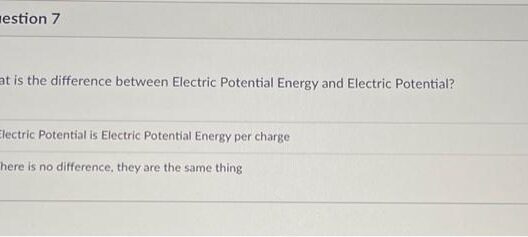In today’s fast-paced corporate environment, conserving energy is not just a trend but a necessity. An office that optimizes energy usage can significantly reduce its carbon footprint while also lowering operational costs. This article presents an extensive guide on how to implement energy-saving measures in your workspace, promoting sustainability while enhancing productivity. Here are some actionable strategies and practices that can transform your office into a greener environment.
Assessing Current Energy Consumption
Before making changes, it’s critical to understand your office’s existing energy consumption patterns. Conduct an energy audit to pinpoint high usage areas and identify inefficiencies. Look for high-usage equipment, such as computers or printers, and evaluate operational hours. An energy audit lays the groundwork for informed decision-making and tailored energy conservation measures.
Lighting Efficiency
Lighting is one of the most significant contributors to energy consumption in office environments. Transitioning to LED bulbs can result in substantial energy savings—these emit more light per watt and last significantly longer than traditional incandescent bulbs. Furthermore, consider implementing motion sensors or timers to reduce energy usage during non-peak hours. Encourage natural lighting by rearranging workspaces near windows, which not only saves energy but also enhances employee well-being.
Smart Technology Integration
Leverage smart technology to optimize energy consumption. Programmable thermostats can regulate temperature settings automatically, ensuring that heating or cooling coincides with occupancy. Additionally, smart power strips can prevent phantom power draw from electronics that remain plugged in when not in use. Implementing these technologies allows for real-time monitoring and enhances your energy management strategy.
Efficient Heating and Cooling Systems
Your heating, ventilation, and air conditioning (HVAC) systems are significant energy consumers. Regular maintenance, including changing filters and calibrating thermostats, ensures optimal functioning. Consider investing in high-efficiency systems equipped with state-of-the-art technology. Zone heating and cooling can also be effective; this method ensures that only occupied spaces are conditioned, thus saving energy.
Office Layout Optimization
An efficient office layout can contribute to energy conservation. Open spaces foster collaboration while minimizing the need for artificial lighting. Additionally, placing workstations strategically can enhance airflow and mitigate the strain on heating and cooling systems. Encourage flexible work arrangements that promote the use of shared spaces, reducing the energy needed for perpetual occupancy.
Encouraging Sustainable Practices with Employees
Cultivating a culture of sustainability is crucial for long-term energy conservation. Organize workshops that educate employees about energy-saving practices. Encourage simple habits such as switching off lights in unoccupied rooms, utilizing reusable containers, and minimizing printing. Gamify energy saving by tracking departmental energy consumption and recognizing teams that achieve notable reductions.
Utilizing Renewable Energy Sources
Where feasible, consider integrating renewable energy sources such as solar or wind energy into your infrastructure. Installing solar panels on the roof can dramatically reduce your reliance on the grid and lower electricity costs in the long run. Explore local incentives and rebates available for businesses adopting renewable energy solutions. Investing in green energy not only cuts emissions but also signals a commitment to environmental stewardship.
Optimizing Office Equipment Usage
Office equipment, such as computers, printers, and copiers, represents a substantial energy drain. Opt for energy-efficient models with high Energy Star ratings. Encourage employees to power down devices when not in use, and utilize sleep modes to conserve energy. Implement a central printing strategy that minimizes excessive printing, encouraging digital document management wherever possible.
Implementing Water Conservation Practices
While your primary focus may be energy conservation, water conservation also plays a significant role in overall sustainability. Install low-flow fixtures and water-saving devices in kitchen areas and restrooms. Promote practices that minimize water waste, such as regular checks for leaks and using water-efficient landscaping for office exteriors.
Monitoring and Feedback Mechanisms
Post-implementation, the energy conservation efforts should be scrutinized and evaluated. Implement a feedback system that allows employees to report inefficiencies and suggest improvements. Regular monitoring can reveal trends and areas that require adjustment. Set specific energy consumption goals, and celebrate achievements to encourage ongoing participation in sustainability initiatives.
Creating a Green Office Culture
Fostering a culture that prioritizes energy conservation does not happen overnight. Create committees or task forces focused on sustainability initiatives. Encourage open dialogue about environmental practices and solicit input from all employees. Regularly update the staff on sustainability progress, demonstrating the cumulative effect of their contributions towards a greener workplace.
Conclusion
Conserving energy in the office environment is a multifaceted challenge that requires a dedicated approach. By evaluating existing practices, implementing advanced technologies, and encouraging employee participation, organizations can achieve significant energy savings. Ultimately, a commitment to energy conservation not only benefits the planet but also enhances operational efficiency and fosters a conscientious workplace culture. The move towards a more sustainable office is not merely about reducing costs; it’s about leading the charge for a greener future.






